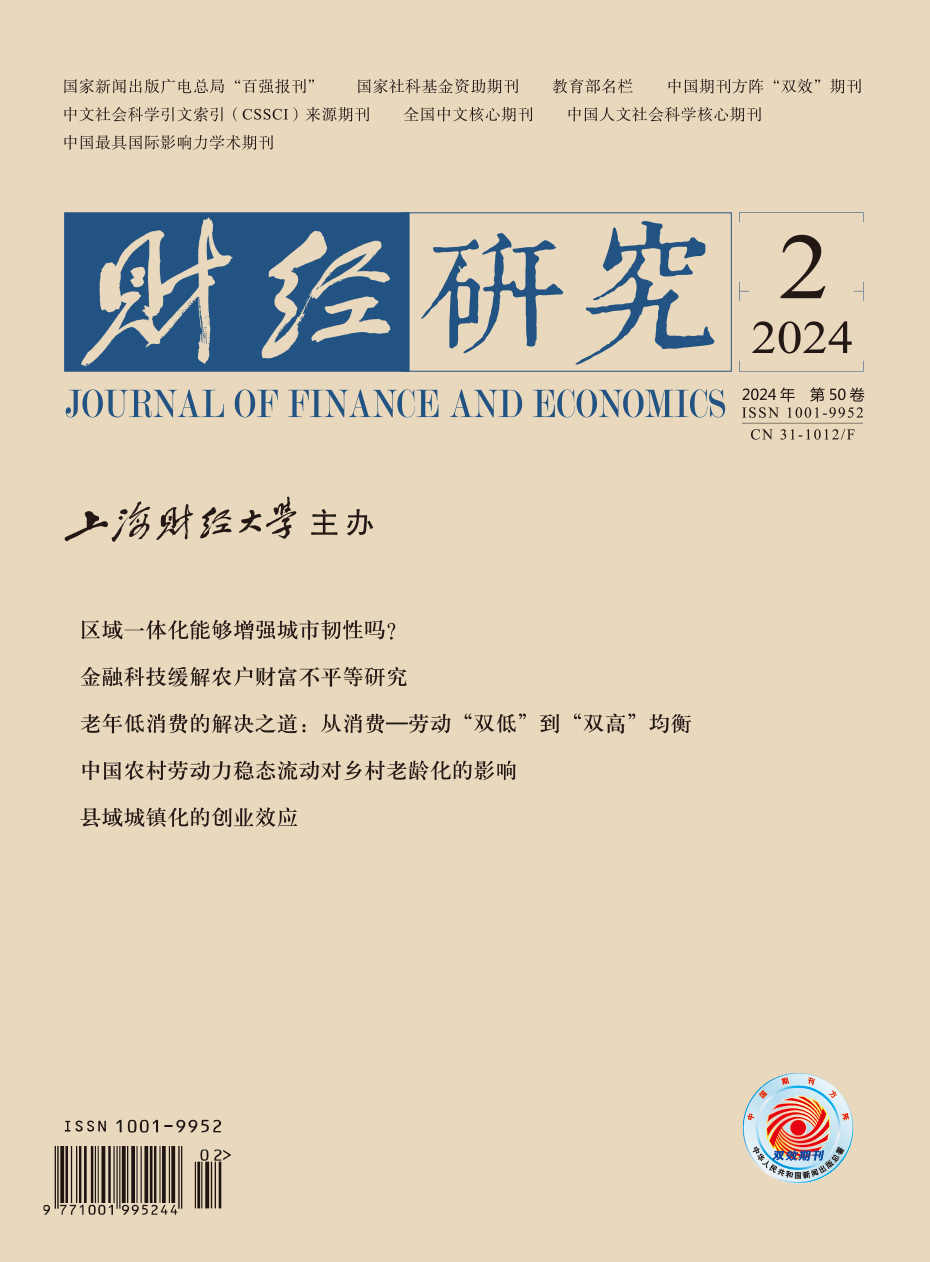China’s micro data and global macro data show that the savings rate of the elderly population is higher than that of the middle-aged population, which means that aging will further lead to reduced consumption. Specifically, we use the two micro databases of CFPS from 2010 to 2018 and CHFS from 2013 to 2019, as well as the macro data of 120 countries from 1960 to 2021, to clarify the relationship between the savings rate and age. It is found that the savings rate in the life cycle exhibits a “positive U-shaped” pattern. When the age of the micro household head exceeds 46 years old, and the average age and median age of the macro country exceed 38 and 37 years old respectively, the savings rate and age change in the same direction. This is not in line with the life cycle theory.
This paper constructs an intertemporal decision model and finds that consumption can be replaced by leisure. There are two kinds of equilibrium in family decision-making, namely, “low consumption, low labor” and “high consumption, high labor”. When the utility brought by leisure can make up for the utility loss arisen from reducing consumption (increasing savings), the retired elderly will enter a “low consumption, low labor” equilibrium state. When the minimum labor is restrained, the elderly will shift from “low consumption, low labor” equilibrium to “high consumption, high labor” equilibrium.
The empirical evidence supports the theoretical conclusion: (1)The elasticity of consumption-leisure substitution of elderly households is 3, indicating that when the relative price changes by 1 percentage point, the relative proportion of consumption and leisure will change by 3 percentage points. (2)When the elasticity of consumption-leisure substitution increases by 1 percentage point, the savings rate increases by 6.73 percentage points. This elasticity of elderly households increased by 0.86 per year on average between 2016 and 2019, and the corresponding savings rate increased by 5.80 percentage points per year. (3)After considering the three competing explanations of the precautionary motive, longevity motive, and bequest motive, the consumption-leisure substitution can still explain the savings rate of the elderly.





 2427
2427  2414
2414

